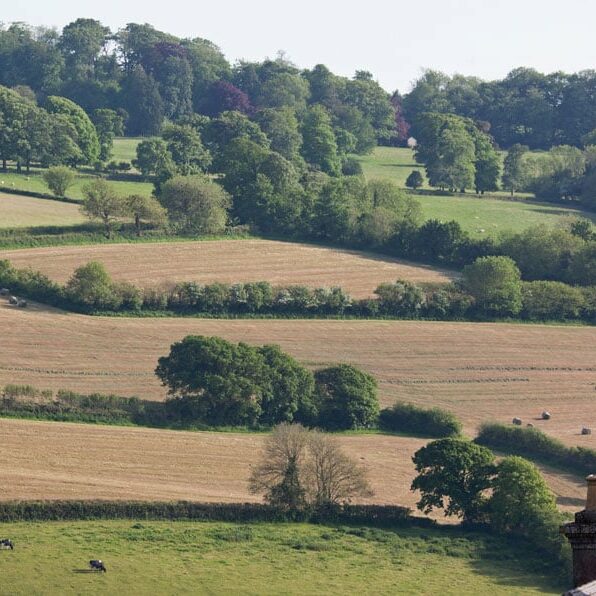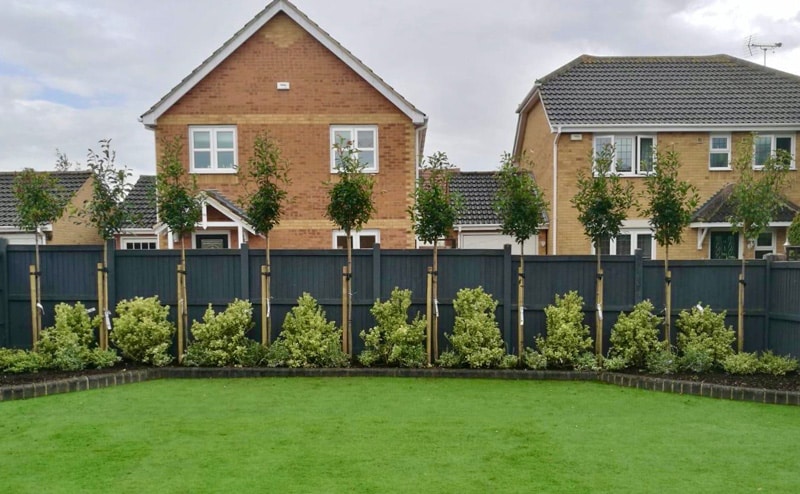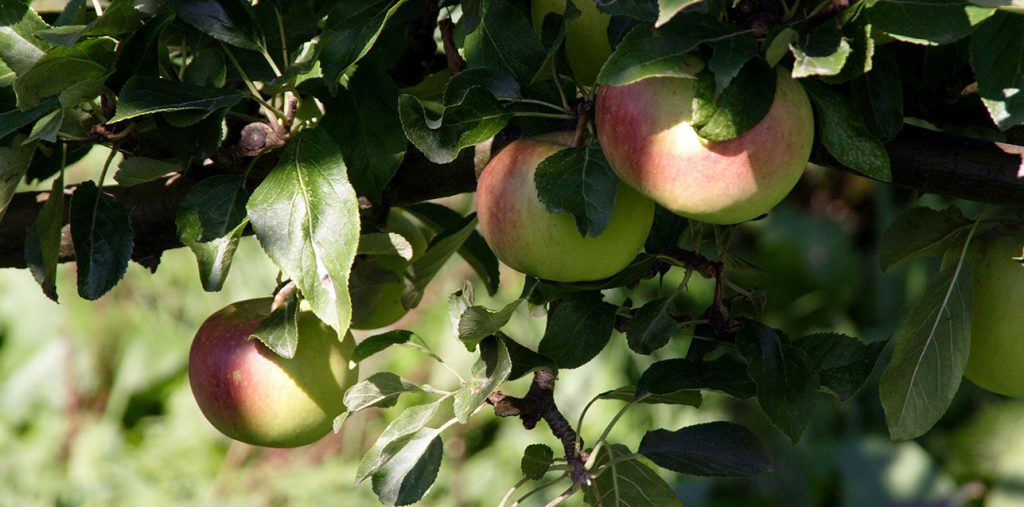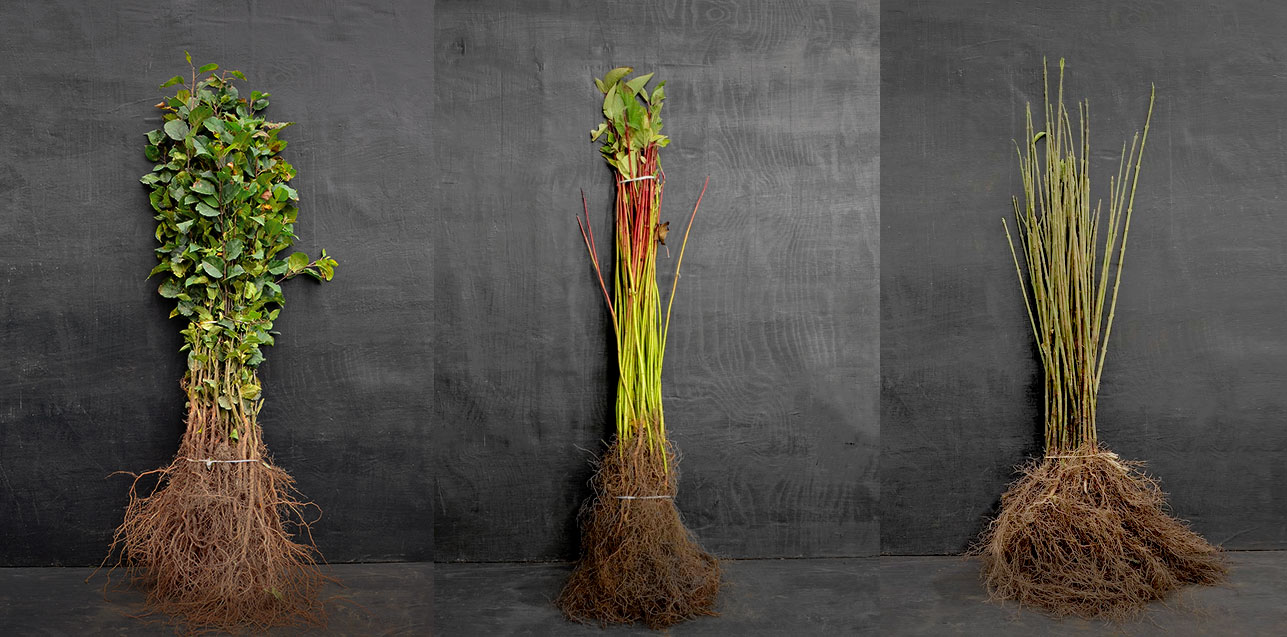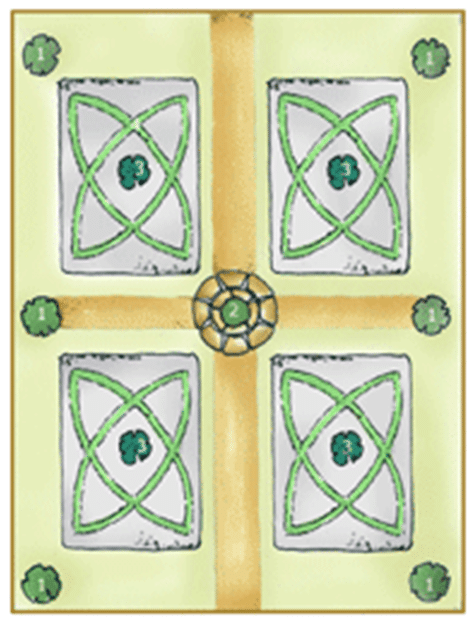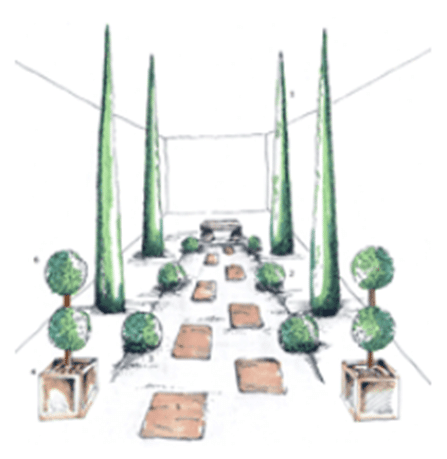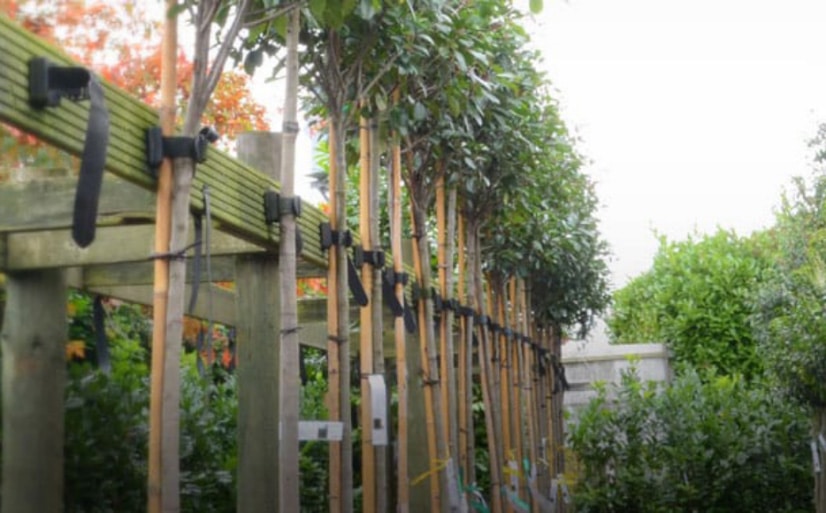Choosing a planting style for your garden brings visual harmony to your outdoor space and helps guide your plant choices and layout. At King & Co, we’ve curated some of our favourite planting styles to inspire your next project.
Whether you prefer the clipped precision of a formal garden or the relaxed wildness of a native one, there’s something to suit every taste. Explore our favourite styles below and discover the one that best reflects your space and lifestyle!
1. Formal Gardens
Formal gardens are know for their clear structure, strong lines, and often symmetrical layouts. To maintain this sense of symmetry and order throughout the year, evergreen plants are frequently incorporated. Some of our favourite plants for this style of garden include:
Euonymus japonicus ‘Jean Hugues’ is an excellent alternative to Box, especially since it’s resistant to Box blight and Moth. This plant is perfect for creating small, formal hedges and is ideal for lining pathways. Its upright growth and tough leaves also make it suitable for geometric topiary.
Bay (Laurus nobilis) is a versatile evergreen perfect for creating a statement. At King & Co we usually stock Bay trees as clipped topiary, or as half or quarter standard trees. Their dense foliage and ability to withstand regular pruning make them highly suitable for shaping in formal gardens.
Olive (Olea europaea) can soften geometry with graceful, silvery foliage. Regular trimming can maintain a lovely round shape, or it can be left to develop into a larger sphere or a charming small tree.
All three options complement stone or slate paths beautifully. Both stone and slate are popular choices for formal gardens because they create sharp, clean lines. Pairing the plants we discussed with these materials would enhance the structural clarity of the garden and create a superb environment for enjoying quieter moments.

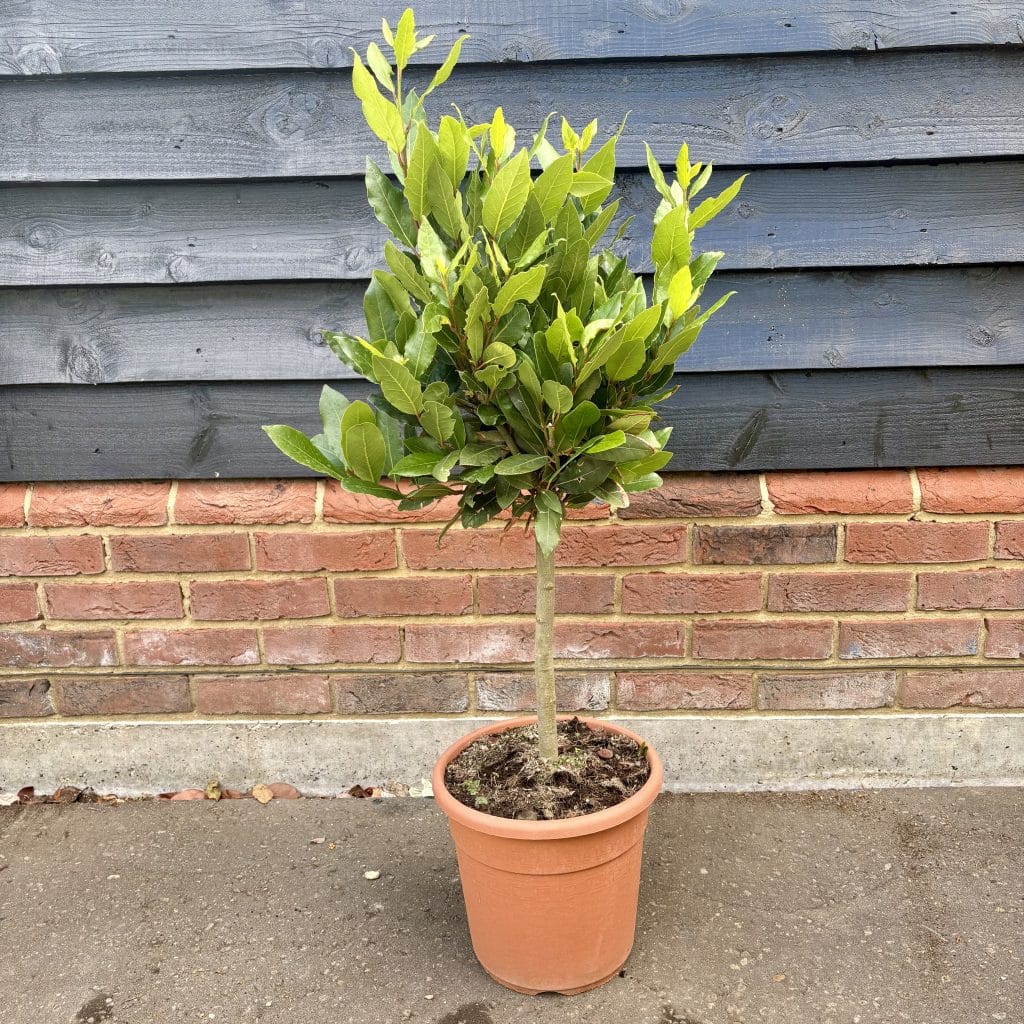
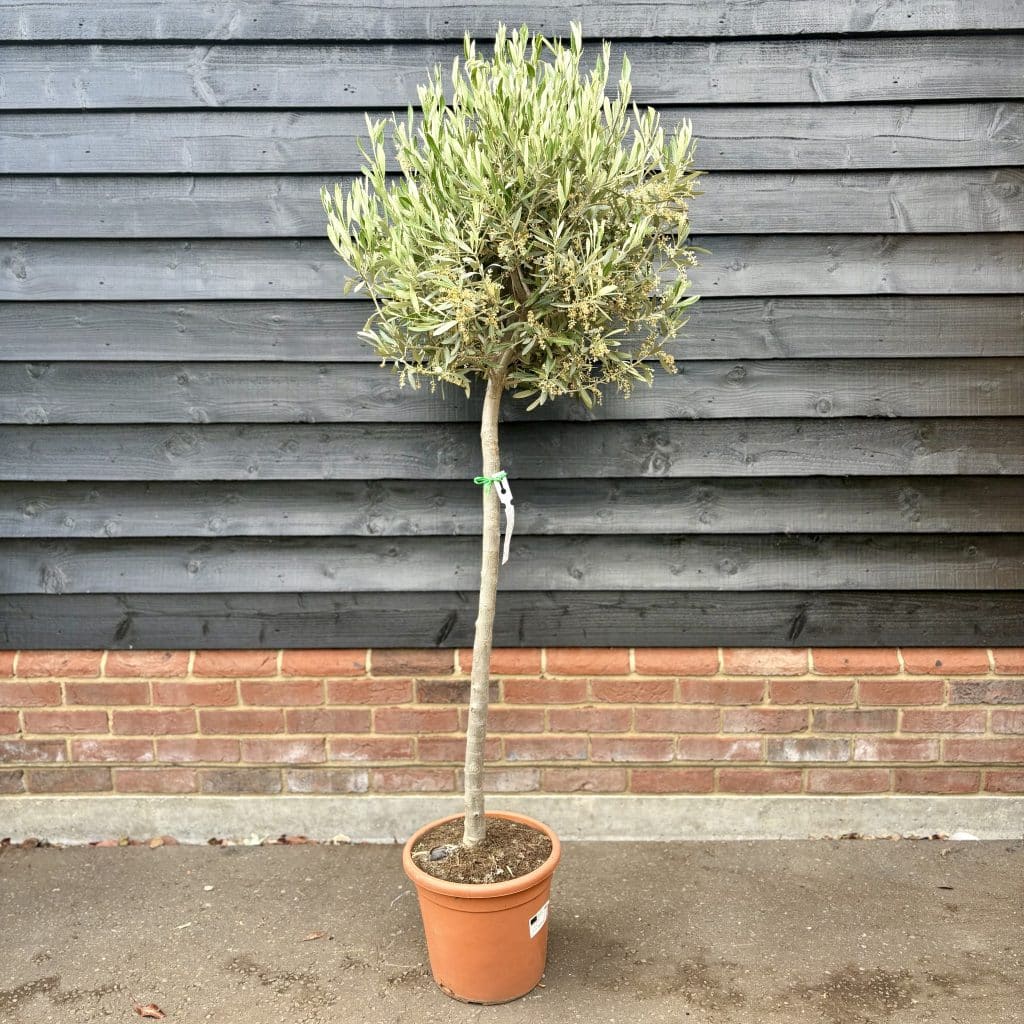
2. Tropical Gardens
Tropical garden designs are renowned for their striking impact, structure, and form, achieved through a combination of large-leaved foliage and contrasting colors. Selecting plants with these characteristics is essential to capture the essence of this planting style. Incorporating a water feature can further enhance the tropical ambiance by replicating soothing natural sounds. This can be achieved effectively with a pond, waterfall or a fountain.
Aucuba japonica, also known as Spotted laurel, features large, leathery, and glossy green leaves that are often splashed with golden-yellow spots or variegation. Its broad, vibrant foliage is similar to that of many tropical plants.
Bamboo (Phyllostachys) has tall, slender canes and feathery leaves, that evokes the imagery of jungles and tropical forests. It’s an excellent choice for creating a lush, exotic feel.
Phormium, commonly known as New Zealand Flax, has distinctive long, strap-shaped leaves fan out elegantly, creating a striking silhouette. This plant is perfect for adding structure and mirrors the bold, sculptural look often associated with tropical plants




Trachycarpus fortunei is another good choice for tropical gardens. Its large, dark green, fan-shaped leaves resemble the lush palms of rainforests, enhancing the tropical feel of any space. The stout, fibre-covered trunk further contributes to this exotic appearance.
3. Italian Gardens
Italian-inspired planting schemes, much like formal gardens, are characterised by their emphasis on structure, balance, symmetry, and a strong sense of design. These schemes often feature a variety of evergreen plants to ensure year-round structure and visual contrast. Additionally, they frequently incorporate architectural elements such as benches, statues, and fountains, which further enhance both structure and vertical interest within the garden.
Ilex crenata is popular alternative to Box, especially since it’s resistant to Box blight and Moth. With dense foliage that responds well to clipping, it is an excellent choice for maintaining ball or cone shapes. These clipped forms look particularly striking when planted in terracotta pots.
Cupressocyparis leylandii, commonly known as Leyland Cypress, is an excellent choice for Italian-style gardens, particularly when shaped into spirals, cones, or double pom-poms. These forms reflects the classical Renaissance aesthetic found in the gardens of Tuscan villas and Roman estates.
Italian cypress (Cupressus sempervirens ‘Pyramidalis’) has a tall, slender form that is synonymous with the Italian landscape. Its narrow, upright growth creates a stunning vertical accent, perfect for the symmetry and geometry associated with the Italian planting style.

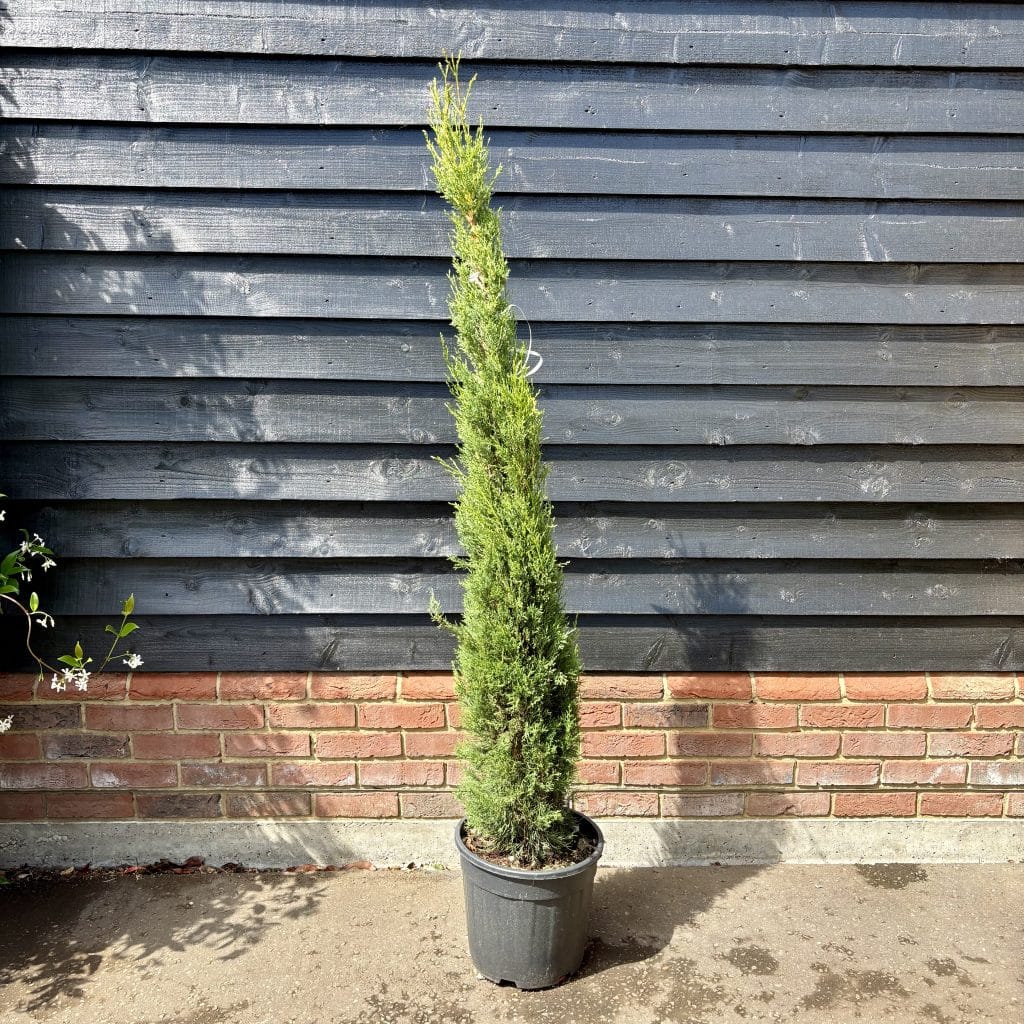
Magnolia grandiflora is not native to the Mediterranean, but its formal shape, rich texture, evergreen presence, and stunning flowers make it surprisingly compatible with Italian-style garden aesthetics. It brings structure and softness, especially when paired with hard surfaces and clipped forms.
All of these plants would pair beautifully with natural stepping stones, arbors, or gazebos. Gentle topiary and water features would also enhance the authentic Italianate style.
4. Native Gardens
A native-style garden in Britain focuses on celebrating the natural beauty, character and biodiversity of Britain’s own flora. It reflects local landscapes and often blends seamlessly with the surrounding environment.
British‑provenance trees like Silver birch, Rowan, Field maple, Oak and Wild cherry are excellent choices for native British gardens because they support biodiversity, offer seasonal interest, and reflect the natural character of the UK landscape. They also provide gardens with canopy and structure.
Native shrubs such as Dogwood, Hazel, Hawthorn, Spindle, and Sweet Briar are excellent choices for underplanting. Underplanting helps create structural layers, supports local wildlife, and enhances the natural aesthetic of the landscape. Evergreen shrubs like Holly and Yew provide year-round support for wildlife too.
Native hedging is an excellent choice for enhancing boundaries in planting schemes. Our hedging packs typically feature a mix of species such as Hawthorn, Field Maple, Hazel, Dogwood, and Dog Rose. These native plants can be effectively planted in staggered double rows to provide winter interest, food for birds, vibrant autumn colours, and natural screening. Incorporating thorny species like Hawthorn can act as a natural deterrent to discourage unwelcome visitors too.


